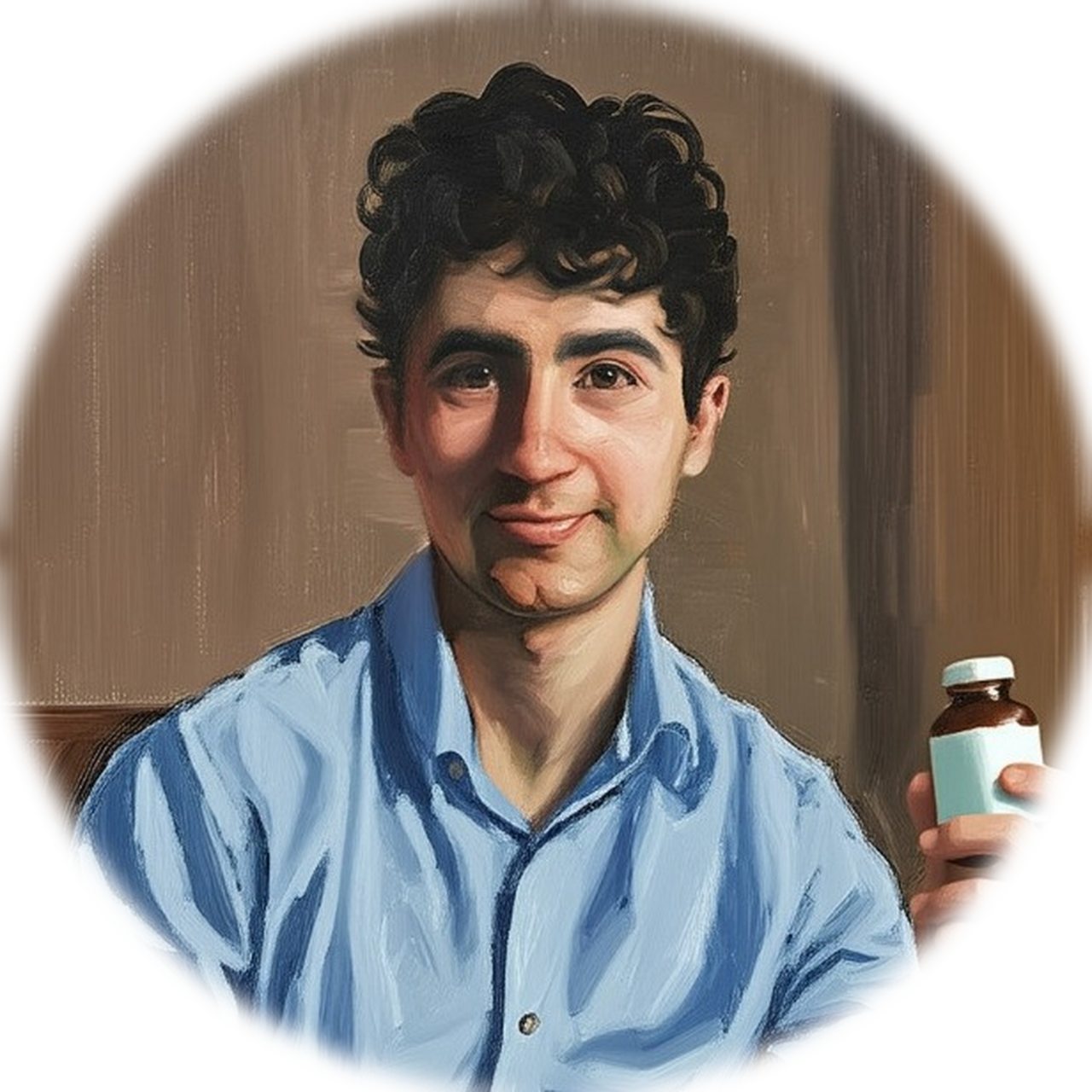
Alex Kesin's Pharmacopoeia
Ruminations about biotech and drug development - one overly earnest blog post at a time.
By subscribing, I agree to Substack’s Terms of Use and acknowledge its Information Collection Notice and Privacy Policy

Ruminations about biotech and drug development - one overly earnest blog post at a time.